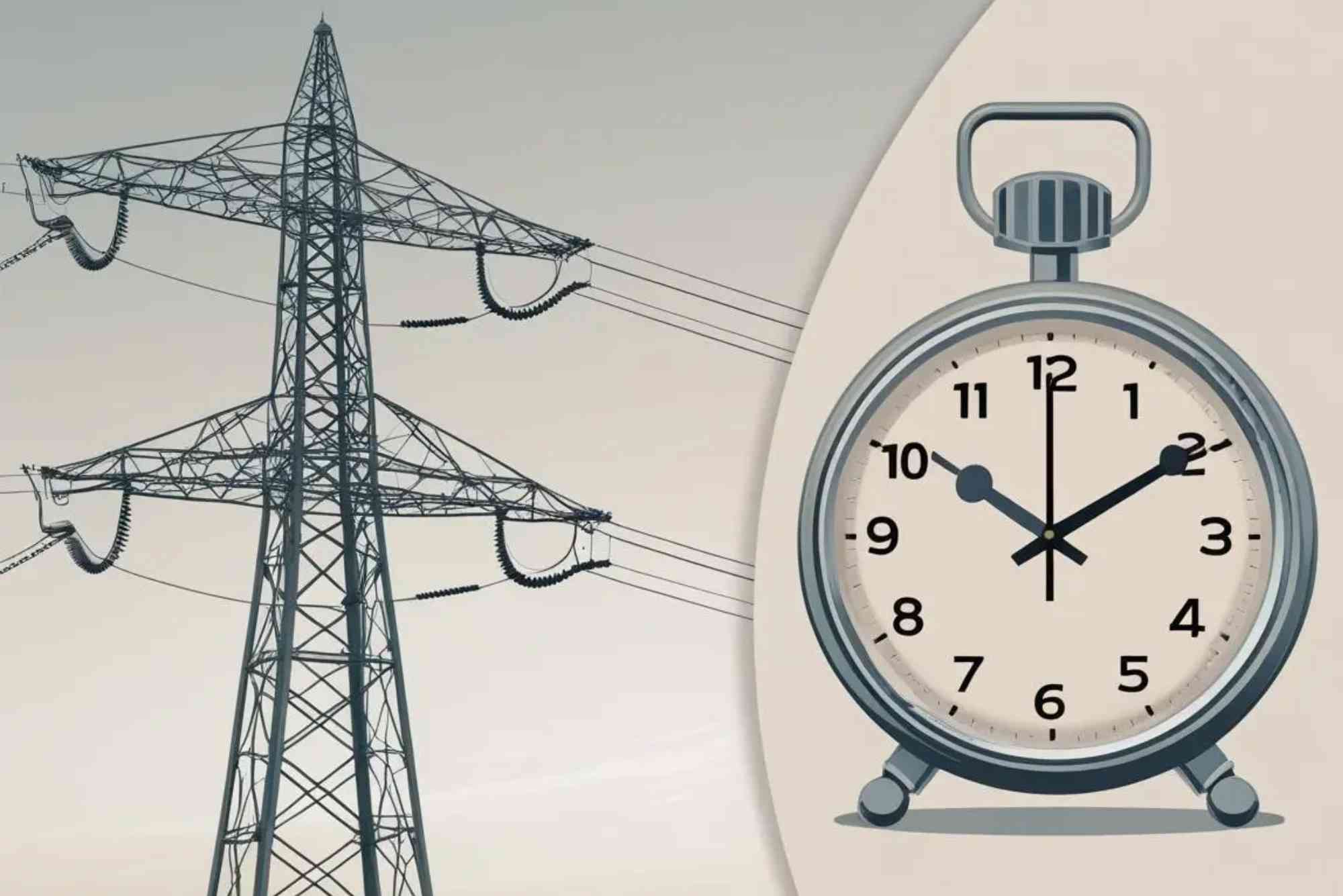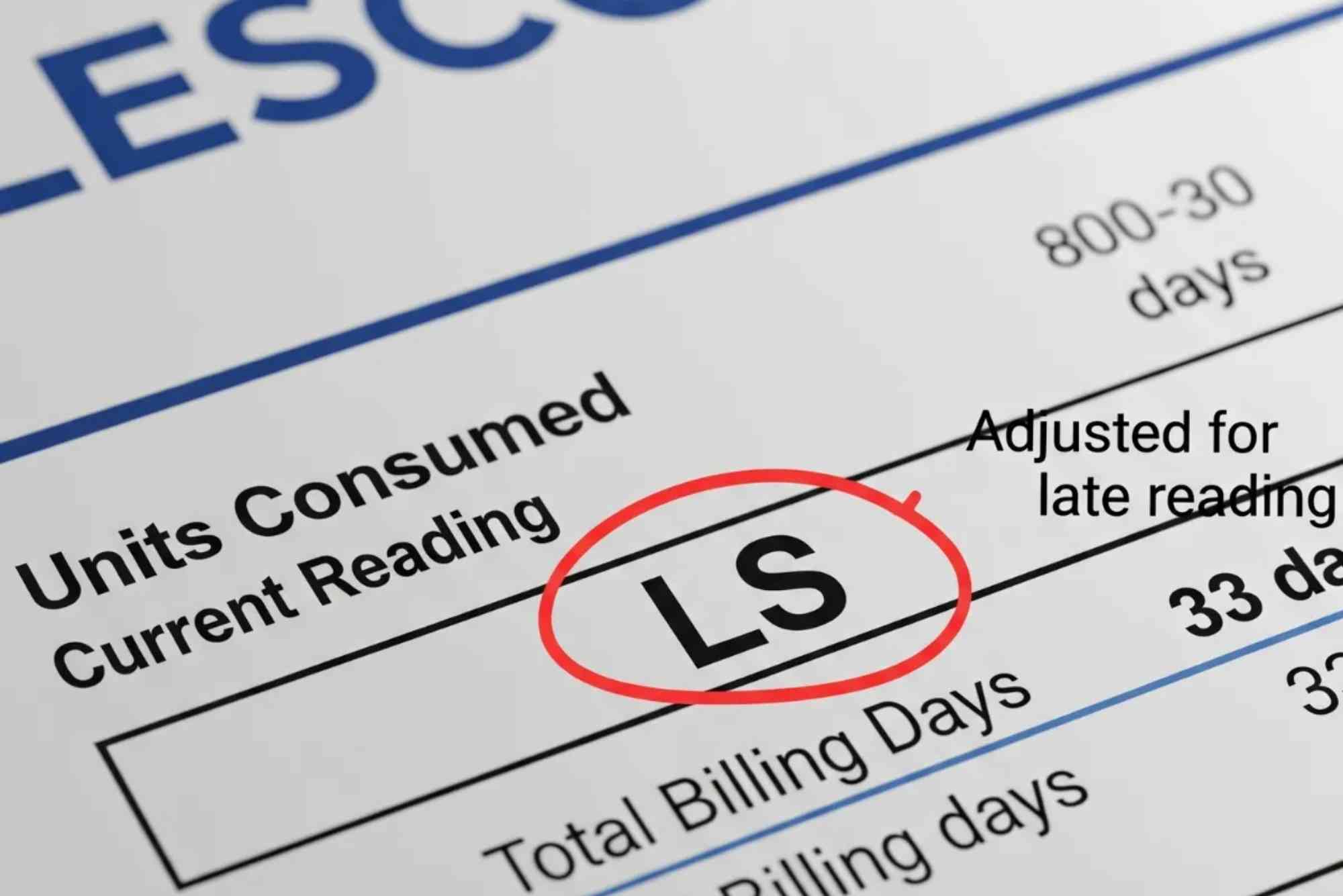IESCO Load Shedding Schedule – Updated Information
Electricity interruptions remain one of the biggest challenges for households and businesses alike. For those living within the Islamabad Electric Supply Company (IESCO) region, the IESCO load shedding schedule is essential. In this article, we will explore the current load shedding plan, how it’s managed, how to stay updated, and how you can prepare for it effectively.
Load shedding affects everyone — from homes to offices and industries. Knowing your IESCO load shedding schedule can help you plan your day efficiently and avoid unnecessary disruptions. Whether you live in Islamabad, Rawalpindi, or surrounding areas, staying updated allows you to schedule important tasks before power cuts occur.
What Is the IESCO Load Shedding Schedule?
The Role of IESCO in Power Distribution
IESCO is responsible for distributing electricity across Islamabad, Rawalpindi, Attock, Chakwal, and Jhelum. When electricity demand exceeds supply, IESCO introduces load management programs that include scheduled outages.
Load Management vs Emergency Shutdowns
IESCO divides outages into different types:
- Planned Load Shedding: Pre-announced power cuts to balance grid load.
- Emergency Shutdowns: Sudden outages due to technical faults or extreme weather.
- Maintenance Shutdowns: Scheduled power interruptions for maintenance or system upgrades.
The IESCO load shedding schedule refers mainly to the planned power cuts. Emergency and maintenance shutdowns are announced separately through local media or IESCO’s communication channels.
Updated IESCO Load Shedding Schedule 2025
Current Pattern and Timings
As of 2025, many areas under IESCO are experiencing up to 8 hours of load shedding daily. In Islamabad, for instance, certain feeders face power suspensions between 7:00 AM to 12:00 Noon. Common examples include:
- G-11 Markaz: 9:00 AM – 11:00 AM
- F-10/4, PHA, Warda Hamna: 9:00 AM – 11:00 AM
However, these timings may vary depending on the circle and feeder.
Zones and Feeder-Based Scheduling
The load shedding plan is feeder-based, meaning each grid station and circle has its own schedule. Areas like Islamabad City, Rawalpindi, Attock, and Chakwal follow different load shedding patterns based on demand, grid stability, and technical conditions.
Maintenance and Construction Shutdowns
Apart from planned outages, IESCO also announces maintenance shutdowns for repairs and upgrades. These are usually mentioned in advance so consumers can prepare accordingly. During months of heavy maintenance, extra shutdowns may be introduced temporarily.
How to Check the IESCO Load Shedding Schedule in Your Area
Through Official Channels
The most reliable way to check your IESCO load shedding schedule is through IESCO’s official platforms. They regularly update outage information, maintenance alerts, and feeder schedules.
Circle and Office Notices
Each IESCO circle—such as Islamabad, Rawalpindi, or Attock—publishes schedules for its respective feeders. Residents should monitor their local office announcements for accurate updates.
Social Media Updates
IESCO also shares load shedding alerts and maintenance updates on its official social media accounts. Following these accounts helps you receive instant notifications about upcoming outages.
Customer Helpline (118 / 8118)
If you are uncertain about your area’s outage schedule, call 118 or send an SMS to 8118 with your consumer reference number. The system will respond with details about your current supply status.
Mobile App – IESCO SMART
The IESCO SMART mobile app is a convenient tool that allows users to check real-time outage updates, view bills, and lodge complaints directly from their phones.
Why the Load Shedding Schedule Changes Frequently
Demand and Supply Imbalance
When electricity demand increases during peak seasons, the power supply often becomes insufficient. To maintain grid stability, IESCO applies rolling blackouts.
Fuel and Generation Problems
If generation units face fuel shortages or mechanical failures, IESCO must reduce supply to match available capacity.
Transmission and Distribution Constraints
Faults in transformers, substations, or distribution lines often lead to sudden outages, forcing IESCO to modify the schedule temporarily.
Emergency Situations
Unforeseen events like storms or equipment damage can cause emergency power cuts that differ from the planned schedule.
Due to these unpredictable factors, the IESCO load shedding schedule may change frequently, sometimes with little notice.
Tips to Manage During Load Shedding
Knowing when outages occur is only half the battle — preparation makes the biggest difference. Here are some practical tips:
- Charge your phone, power bank, and essential electronics before outages.
- Complete tasks that require electricity (like ironing or laundry) outside of outage hours.
- Use UPS systems or solar panels for critical devices such as Wi-Fi routers or lights.
- Keep emergency lights and battery-powered fans ready.
- Schedule business or study hours around the power availability window.
- Report prolonged or unannounced outages immediately to the IESCO helpline.
These small adjustments can significantly reduce inconvenience during load shedding.
Sample Schedules for 2025
Islamabad and Rawalpindi Example
- Power suspension between 7:00 AM and 12:00 Noon for several feeders.
- G-11 Markaz and nearby sectors face outages from 9:00 AM to 11:00 AM.
Broader Region Schedule
Many regions including Chakwal, Attock, and Jhelum face up to 8 hours of daily load shedding, depending on power generation levels.
Schedules may shift weekly depending on grid demand and maintenance activity.
How to Stay Updated Effectively
To avoid surprises, keep yourself informed through these methods:
- Check IESCO’s latest announcements regularly.
- Follow official social media updates.
- Enable notifications on the IESCO SMART app.
- Contact customer care for area-specific details.
- Save important contact numbers such as 118 and 8118.
Relation to Billing and Online Utilities
Understanding your IESCO load shedding schedule also helps you manage electricity usage and billing. If you’d like to monitor your energy consumption or view your current bill, you can use the IESCO Online Bill Check service available on BijliPK.
You can also visit Online Bill Check to view or download bills for other electricity companies across Pakistan. These tools are especially useful when your physical bill is delayed due to power outages or system errors.
Staying informed about the IESCO load shedding schedule helps you plan your daily activities and minimize frustration during outages. Electricity interruptions are unavoidable at times, but preparation and awareness can make life much easier.
Call to Action:
Visit the official IESCO platforms or use the IESCO SMART app to check your latest load shedding schedule. Also, take advantage of the IESCO Online Bill Check service to manage your bills and energy consumption efficiently.
FAQs
Q1: How can I find the IESCO load shedding schedule for my area?
You can check your feeder’s schedule through IESCO’s official announcements or by contacting the helpline at 118.
Q2: Does IESCO provide daily schedules?
Yes, IESCO typically shares schedules for 24–48 hours in advance, though emergency updates may occur.
Q3: Why does my area face more load shedding than others?
Each region is connected to different feeders. Feeders with higher load or technical faults may face longer outages.
Q4: How can I report a prolonged outage?
Call 118, send a text to 8118, or use the IESCO SMART app to file a complaint.
Q5: Can IESCO restore power earlier than the scheduled time?
Yes, if system conditions improve or maintenance is completed sooner, power may be restored ahead of schedule.
















